Multi-stakeholder collaboration: Leveraging lessons learned from COVID-19

There is no question that Covid-19 has changed the social context and day-to-day reality for people across world, including people who are impacted by mining activity. We have all been directly affected by the virus itself, and by the resulting lockdowns and physical distancing that have contributed to food insecurity, poor mental health and isolation, increased domestic violence and substance abuse, and limited access to education and non-Covid related medical services. These direct and indirect impacts of the pandemic fundamentally changed the way that companies, communities, governments and civil society organizations engage with each other and collaborate on community development priorities. As we move into a recovery phase and manage the realities of an endemic virus, there is a unique opportunity to build strong relationships between stakeholder groups and leverage mining activity to achieve long-term positive social outcomes. These three lessons learned will help us realize this opportunity and positively shape relationships between companies, mining impacted communities and other stakeholder groups.
Lesson Learned #1:
The social context in communities has fundamentally changed.
Covid-19 will have a long-lasting influence on the social dynamics within communities because it disproportionately affected certain community sub-groups. These sub-groups include people who live in remote areas, experience poverty or precarious employment, are responsible for managing home life and caring for children, have limited access to medical services, have pre-existing health concerns and/or are isolated from family and friends. Inequalities within communities will contribute to long-term strain between those within the community and with governments, other institutions and the private sector. This strain will become apparent in both obvious and subtle ways.
As a result, it is more important than ever to monitor and understand changes in the social context. This type of analysis can be an effective leading indicator about the quality of and risks to a company’s social licence to operate. To do so, company’s community relations team should be monitoring changes and updating stakeholder maps regularly. Stakeholder analysis should identify the type of relationships between community sub-groups and other stakeholders, not only the relationship with the company. Understanding the social context is not just relevant to companies. Where possible, companies can follow social media discussions and work with community representatives to inform and share the analysis. Companies should also integrate metrics that reflect the changing social context into regular reporting and management systems.
Lesson #2.
There are benefits to virtual engagement (… but we can’t replace in-person engagement).
Physical distancing introduced fundamental changes to the way we work, engage and communicate. We are all using virtual communications tools like Zoom, WhatsApp and even email in new ways to maintain relationships and share information with each other. Over the past two years, we’ve learned that virtual tools like Facebook posts, virtual community meetings and WhatsApp groups can be a great way to share information with broad groups of people on a regular basis. Some mining companies have even reported increased participation in community meetings when they are held online because travel isn’t required, and announcements are more widely dispersed. That being said, virtual tools are not a silver bullet. They don’t provide opportunities for informal engagement and relationship building. It is also hard to read a person in a virtual environment and interactions often lack a ‘personal’ element that is so crucial to building trust and understanding. Virtual forums can also encourage one-way engagement where the company is talking ‘at’ community members as opposed to participating in real two-way dialogue. This is specifically true where there is no established relationship and/or when community members are not particularly engaged with mining activity.
As we move into a ‘recovery’ period we won’t throw out virtual engagement tools. As we become more comfortable with in-person engagement, we will have to be strategic and intentional about reworking engagement to include a virtual component.
Lesson Learned #3.
We need to promote multi-sector collaboration to address complex social issues.
Covid-19 lockdowns and case rates exacerbated social issues in communities. Some of the most common issues have been limited access to medical services, food insecurity, increased domestic and gender-based violence, increased substance abuse, limited access to internet and technology, and poor mental health. Many mining companies overhauled their community investment programs and responded to these complex social challenges by funding mobile clinics, facilitating food drops, providing PPE, setting up internet access, and ensuring access to mental health and family supports.
These contributions were critical during the pandemic, however most company community investment programs focused on addressing the symptoms of these complex challenges. While companies have worked with other stakeholder groups, including governments and non-profits, the increased pressure on government agencies and the non-profit sector has highlighted the cracks in our system and severity of the challenges facing many communities. Non-profits and government agencies are chronically under-resourced and lack the capacity to address the complex nature of food security, mental health, domestic violence and systemic prejudice. This was all the more evident during the height of the pandemic.
One of the most significant lessons learned through this period is the effectiveness of a multi-stakeholder approach to address the root causes of these issues. Companies are not well placed to solve complex social challenges on their own for a number of reasons. However, two years into the Covid-19 pandemic there is a clear expectation that major companies play a leadership role working with governments and other stakeholder groups. This presents an opportunity for the private sector (and mining companies in particular) to participate in a multi-stakeholder response. Some of the most effective ways companies can do that is through funding, using their convening power and by reflecting community priorities in company operations and decision making.
CAROLYN BURNS is director of operations at NetPositive, a non-profit that works with
diverse stakeholders to help local communities see sustained positive outcomes from mining (www.netpositivenr.org).
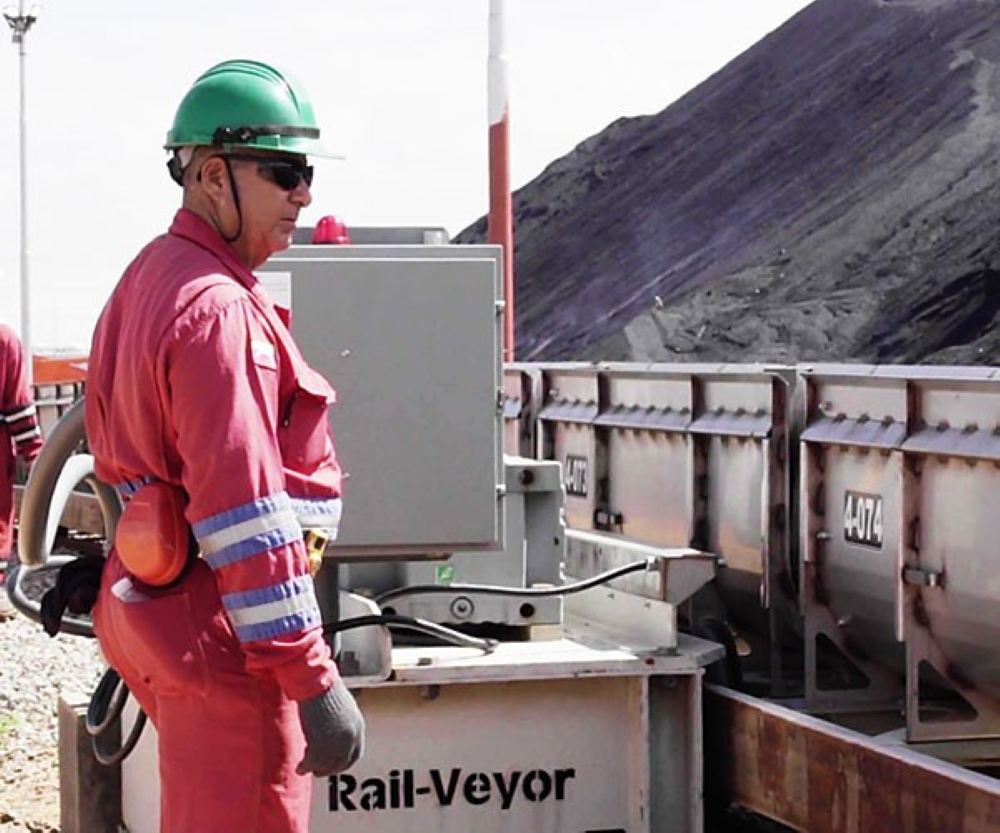
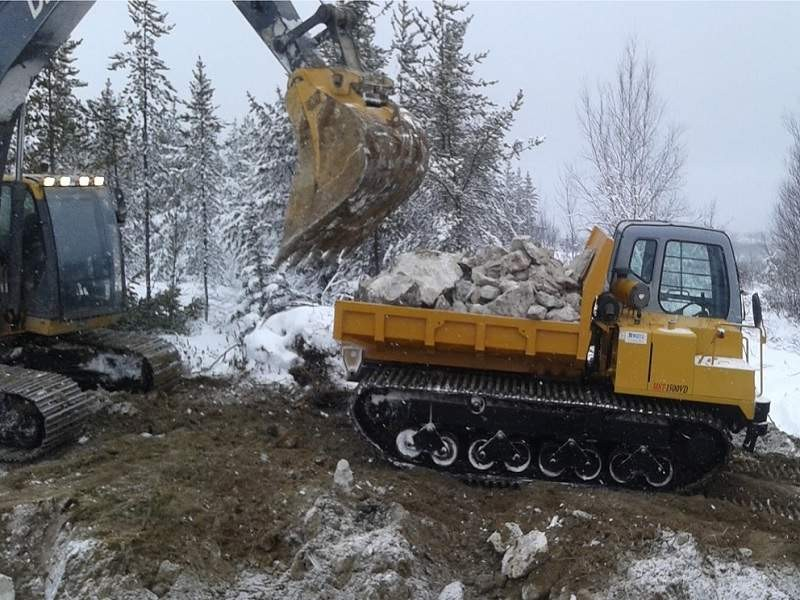
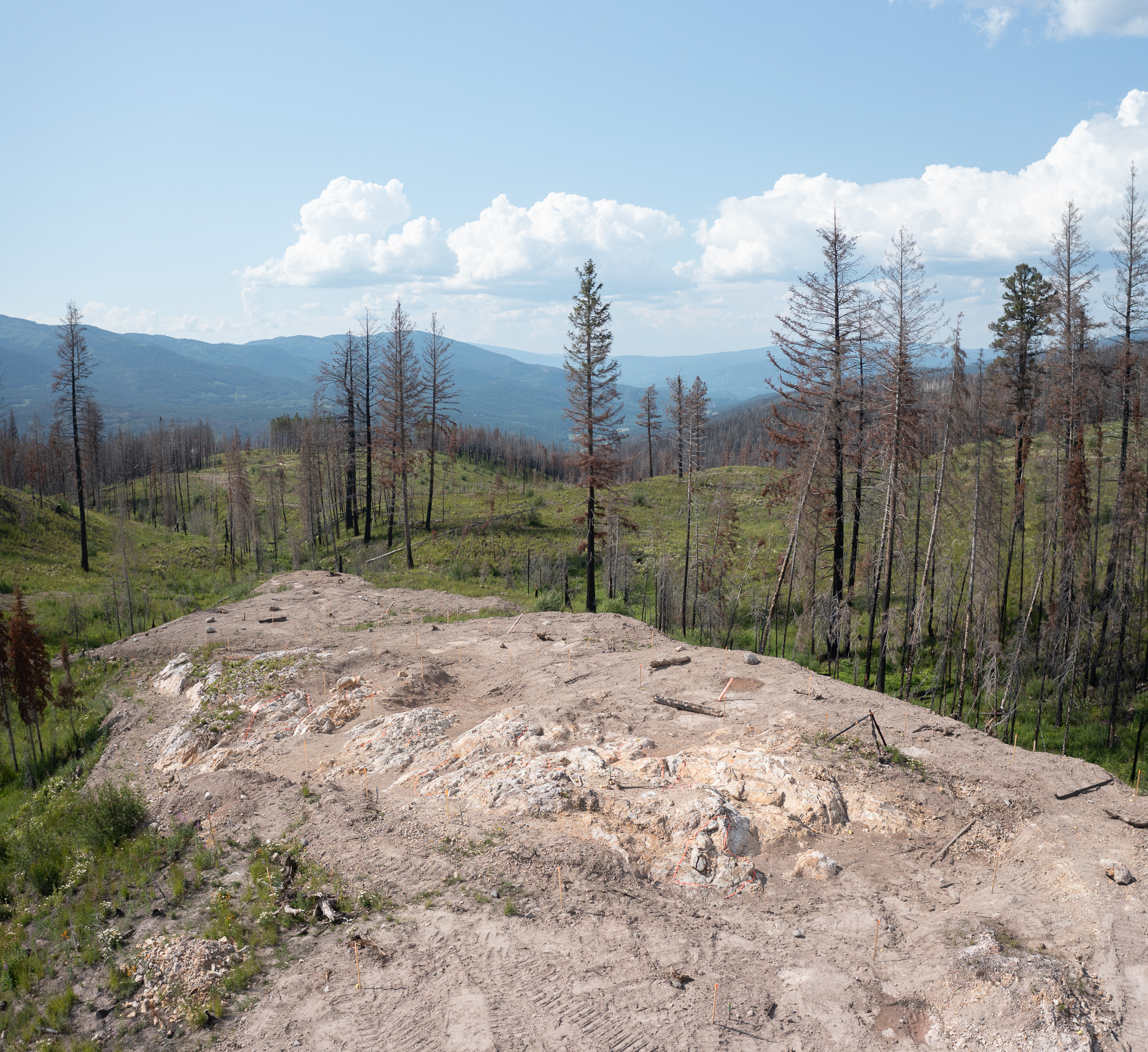
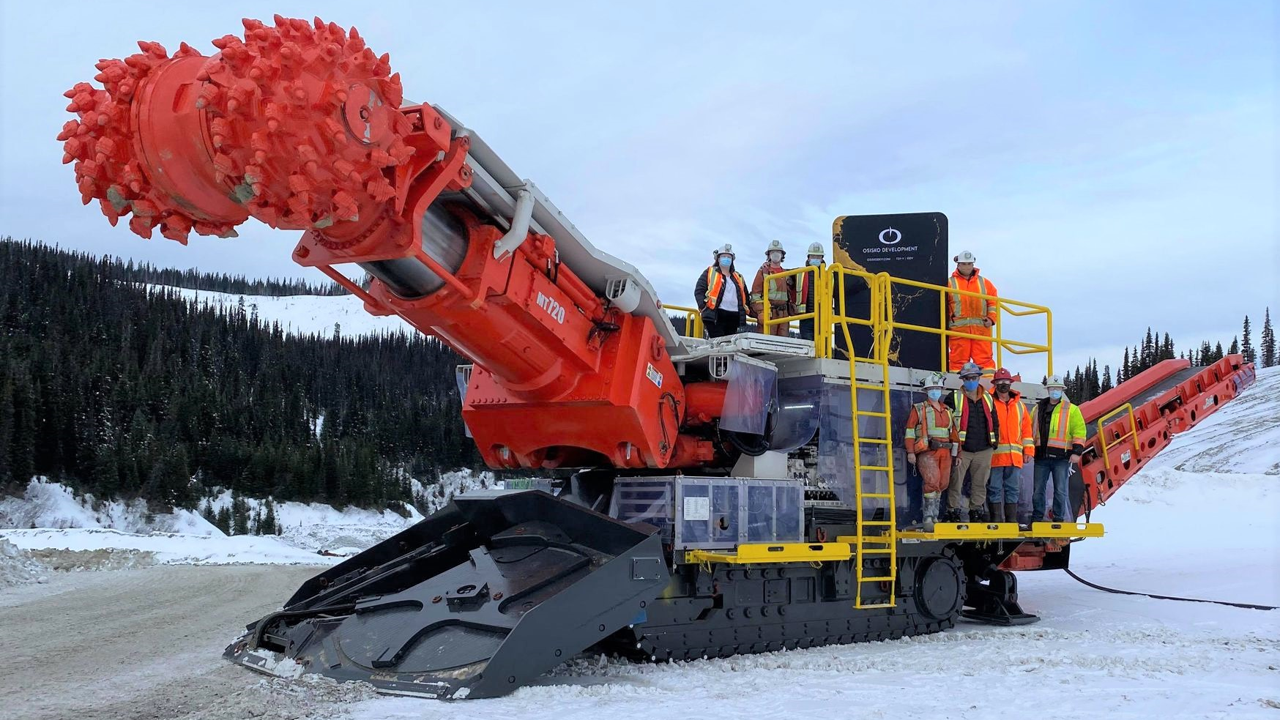
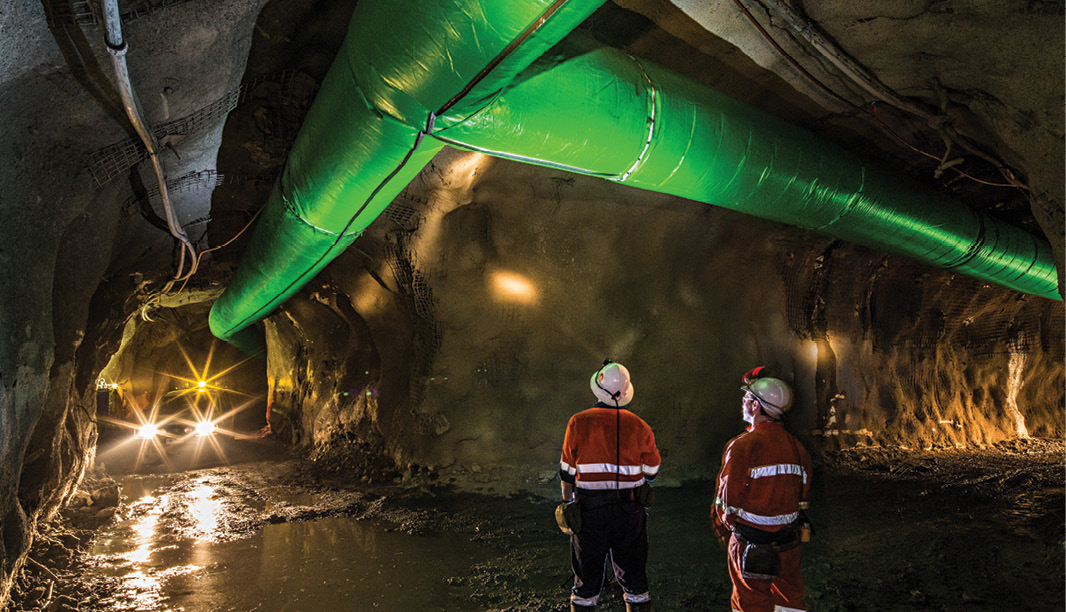
Comments